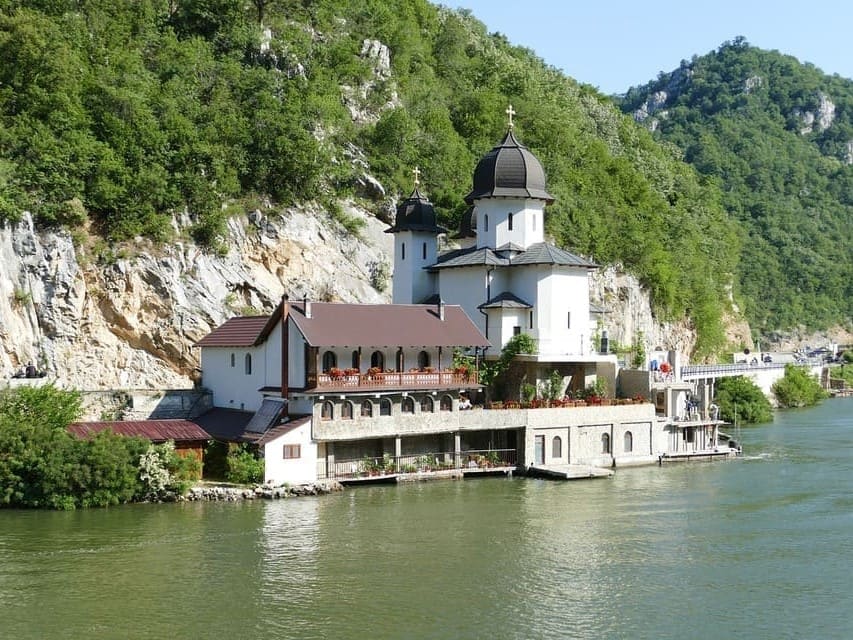
Serbian, Croatian and Montenegrin: A Language Comparison
Many wonder why Serbian, Croatian, and Montenegrin, despite their similarities, are considered distinct languages. All three stem from the South Slavic linguistic family and have developed unique characteristics shaped by their historical, cultural, and political contexts. This blog explores the subtle differences and shared traits of Serbian, Croatian, and Montenegrin, highlighting how these languages, while distinct, are connected by their common South Slavic roots.
A Historical Overview
The historical journey of the Serbian, Croatian, and Montenegrin languages is closely linked to the broader history of the Balkans, particularly through the lens of the Yugoslav union and disunion. Originally classified as dialects of a collective Serbo-Croatian language, this linguistic grouping was formulated in the 19th century with the political aim of fostering unity among the South Slavic peoples. With the establishment of Yugoslavia in the early 20th century, Serbo-Croatian was advanced as the official language, a move intended to solidify a cohesive national identity across diverse ethnic groups. However, the disintegration of Yugoslavia in the 1990s marked a pivotal turn, reigniting distinct national identities and leading to the formal demarcation of Serbian, Croatian, and Montenegrin as independent languages. This shift reflected deeper political and national narratives that surfaced from the region’s prolonged conflicts. Although these languages share a common Slavic foundation, their evolution has been marked by distinct orthographic, phonetic, and lexical adaptations, highlighting the intricate role of language in shaping and reflecting national identity in the Balkans.
Similarities between Croatian, Serbian, and Montenegrian
You might have noticed that the languages spoken in Montenegro, Serbia, and Croatia are quite similar. They are all part of the same language family - the South Slavic languages. Let's take a closer look at these similarities.
- Writing System - Serbian is officially written in both Cyrillic and Latin scripts, while Croatian and Montenegrin use only the Latin script. However, the transition between scripts is often fluid for Serbian speakers, demonstrating a flexible approach to orthography that is somewhat mirrored in the adoption of Latin script in Croatian and Montenegrin.
- Vocabulary - Another similarity between these three languages is their vocabulary. While there are some differences between them (such as words with different meanings or pronunciations), most of their words are derived from the same root words and share similar meanings, making it easy for someone who speaks one of these languages to understand another one. For example, the word “apple” is “jabuka” in Croatian, “jabuska” in Serbian, and jabuča in Montenegrin - all three have identical pronunciations but slightly different spellings due to their respective writing systems.
- Grammar - The grammatical structures of each language are also very similar; they all follow the same basic rules when it comes to conjugating verbs or forming sentences with nouns and adjectives. While there may be slight variations depending on which language you’re speaking (such as using masculine or feminine forms for certain words), overall, they are quite similar in terms of grammar usage.
Differences between Serbian, Croatian and Montenegrian
While the three languages share many similarities, each language has its own set of characteristics that make it stand out from the other two. Let's take a closer look at how they differ from each other.
- Lexical Choices: Each language has developed its unique vocabulary, influenced by different ruling powers and cultural impacts. Croatian, for example, has been notably influenced by its Western contacts, particularly through interactions with German and Italian languages. Serbian, on the other hand, reflects Eastern influences, especially from Russian, and bears historical traces from Turkish due to the Ottoman occupation. Although Montenegrin is similar to Serbian, it includes specific terms that are uniquely Montenegrin, highlighting its distinct national identity.
- Grammar: While largely similar, there are minor grammatical differences in the use of certain tenses and conjugations. Montenegrin, for example, has introduced a future tense form that is not officially recognized in Serbian or Croatian.
- Pronunciation and Accentuation: The debate over whether Serbian, Croatian, and Montenegrin are separate languages or just dialects of one language continues today among professional linguists and native speakers alike. Although there are certainly similarities between these three tongues - especially between Serbian and Croatian - there are also enough distinct features that make them each unique from one another as well. So, while it's impossible to give a definitive answer on whether they constitute one single language or three separate ones, hopefully, this article gave you a better understanding of what makes these Balkan tongues so fascinating.
Serbian, Croatian, and Montenegrin, while rooted in the same South Slavic linguistic family, demonstrate distinct developments influenced by their unique historical, cultural, and political contexts. These languages, sharing common traits in grammar, vocabulary, and writing systems, still distinctly encapsulate the national identities of their speakers. The nuances that differentiate them emphasize the complex relationship between language and nationhood in the Balkans.







